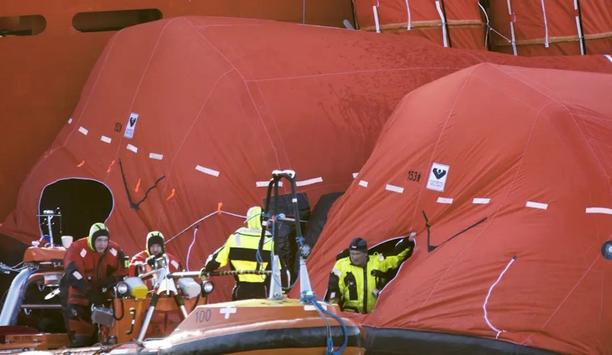Nearly 50 fuel-saving ducts devices have been procured by Oldendorff Carriers over 50 years. They have also started many other initiatives to reduce fuel consumption and emissions, which users can see in the other news stories. The purpose of the fuel-saving devices is not only to reduce fuel consumption but also to reduce the Greenhouse Gas emissions (GHG).
In the early 1980’s, OLDENDORFF CARRIERS was the first dry bulk shipping company to invest in Wake Equalising Ducts (WED), when they installed ‘Schneekluth’ fuel-saving ducts on their 74,000 tdw Panamax newbuildings ‘Ludolf Oldendorff’ and ‘Helga Oldendorff.’
Lesser black carbon
Many more devices have been added over the years, and last week they ordered Becker ‘Mewis’ ducts and rudder bulbs for another 12 ships (7 Babycapes and 5 Post-panamaxes), which will be installed during first half 2023. In their existing fleet, they will therefore have WED’s installed on the following 45 bulk carriers:
- 11 x 209,000 tdw eco Newcastlemaxes, built at 3 yards in China.
- 4 x 208,000 tdw eco Newcastlemaxes, built at Hyundai, Korea.
- 7 x 121,000 tdw Babycapes, built at Sinopacific, China.
- 4 x 115,000 tdw Babycapes, built at New Times, China.
- 2 x 115,000 tdw Babycapes, built at Jiangnan, China.
- 1 x 114,000 tdw Babycape, built at Shanghai SY, China.
- 7 x 93,000 tdw Post-panamaxes, built at 3 yards in China.
- 6 x 81,000 tdw Kamsarmaxes, built at Jinling, China.
- 1 x 38,000 tdw Handy, built at Avic, China.
- 2 x 36,000 tdw Handies, built at Samjin, China.
Lower fuel consumption
This means, that by next year, 45 of their ships will have a Wake Equalising Duct, which will help achieve better C.I.I. ratings, lower fuel consumption, and reduced emissions. In addition, at least 20 of their ships have asymmetric fins, rudder bulbs, boss cap fin propellers, and other fuel savings devices.
Furthermore, since 2019, they invested more than US$ 300 Million in Exhaust Gas Cleaning System (EGCS), which abate nearly all of the sulphur oxide emissions. Compared to ships that burn VLSFO without such systems, their ships emit up to 90% less particulate matter and up to 60% less black carbon than ships consuming VLSFO, which leads to much cleaner exhaust at sea and in port.










